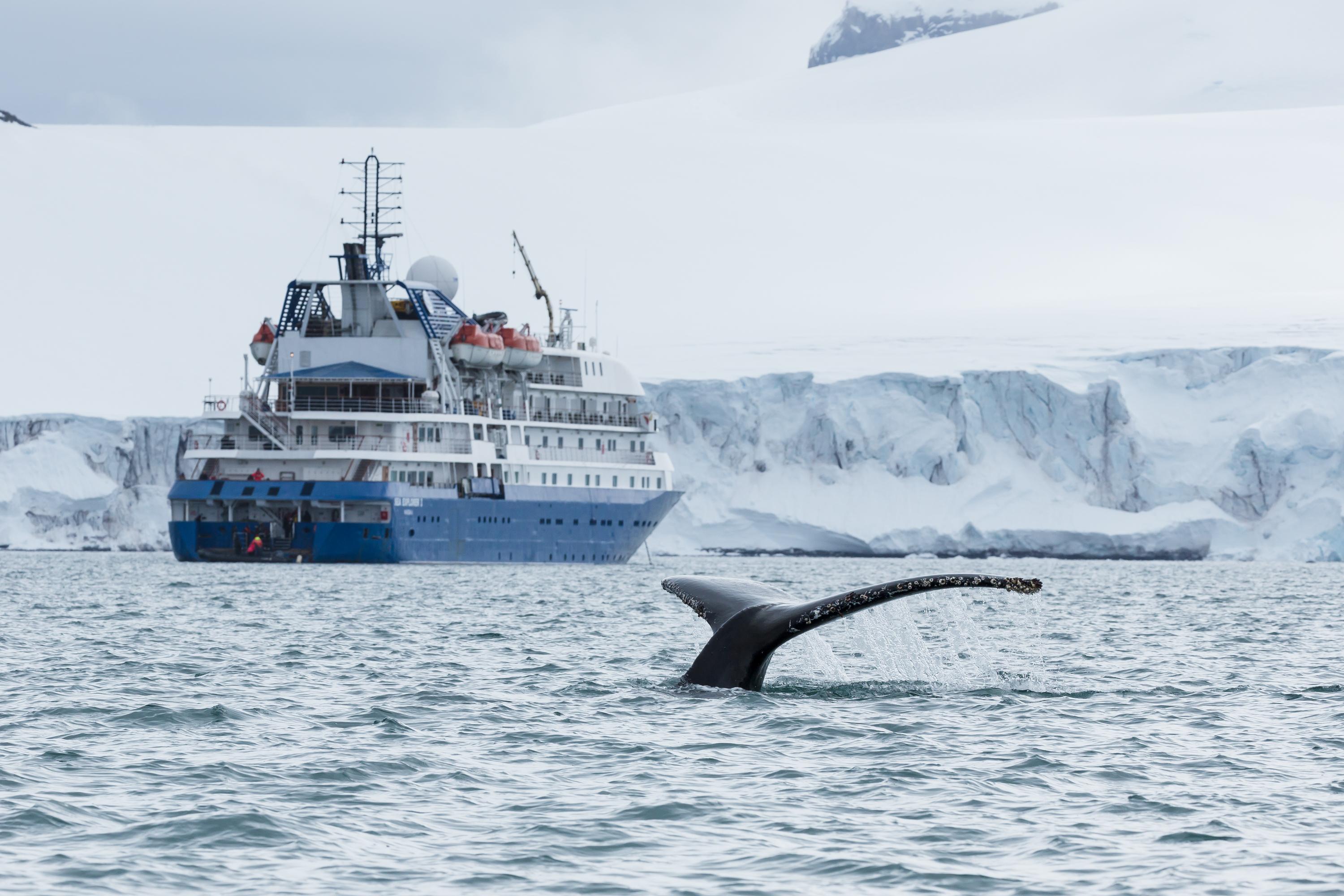Small-ship expedition cruise experiences are one of the hottest trends in travel for their experiential focus and the ability to deliver you to destinations larger ships can’t access. From the remote coastlines of the Canadian Maritimes and Greenland to the iceberg-studded waters of Antarctica to the pristine shores of the Galapagos, you’ll find joy in the journey. Here’s why you should consider an expedition cruise.
Smaller Size, Greater Flexibility
The smaller, the better when it comes to expedition cruising. Two hundred passengers or less is ideal. The ship doesn’t have to stick to a set itinerary and can instead flex on a whim to move with weather patterns or to follow wildlife opportunities - like the chance to spot polar bears or humpback whales.
Excursions and Ports of Call
With fewer people onboard an expedition ship, there is more opportunity for activities. You’ll typically land once, if not twice a day, spending more time off the ship and in your destination, than onboard. That said, when you are onboard, with fewer people, you’ll get to know your fellow passengers, the guides and the naturalists better. Overall, by landing where the big cruise ships can’t, and exploring these places with fewer, like-minded passengers, you’re having a much more authentic travel experience.
Onboard Experience
If it’s poolside, cocktail in hand, that you prefer to be, the mega-ship life is for you. However, if you want to sit on deck, binoculars in hand, surrounded by guest scientists and naturalists, expedition cruising is for you. Instead of dinner and dancing at night, you’ll be stargazing or marveling together at the wildlife you experienced that day.
Environmentally Conscious
In general, expedition cruise ships have environmentally safe practices top of mind. They are typically visiting fragile destinations, like the Antarctic and Arctic, and there are certain rules and regulations inherent in sailing in those waters. Plus, smaller ships create less waste and burn less fuel. Some expedition cruise companies have gone above and beyond - Hurtigruten has launched the world’s first expedition vessel powered by an LNG fuel and electric battery hybrid and Ponant, Lindblad and Scenic invest in fuel-efficient systems, stabilizers and water treatments systems.
Despite not having all the trimmings of a mega-ship, expedition cruising will offer you plenty of comfort in your stateroom, a convivial atmosphere with engaged crew members and dining that’s likely to be influenced by your destination.
What You’ll Need for an Expedition Cruise in the Arctic, Antarctica, the Galapagos, and North Pole
Swayed by the idea of an expedition cruise to a far-flung destination where you’ll see nature in all its glory? (Us, too.) Here’s what you’ll need or what you can do without when it comes to legally sailing to these spots.
Antarctica
You do not need a visa to visit Antarctica, South Georgia or the Falkland islands. However, if you reach Antarctica from Chile, you will require a visa. And while you won’t need a visa in Argentina, you will need one in Brazil if you choose to segue for a brief visit to the magnificent Iguazu Falls.
Arctic
Your Arctic expedition cruise will likely visit any combination of the following: United States (Alaska), Canada, Denmark (Greenland), Norway (Svalbard) and Russia (Franz Josef Land). Once you know where you’re going, check those country requirements for single-, double- or multi-entry visa requirements.
Galapagos
Neither Americans nor Canadians require a visa for Ecuador.
Russia
If your expedition cruise is visiting Russia and Franz Josef Land, you will need to secure a valid Russian visa. Your travel advisor or the cruise operator can assist with this.
Ready to explore?
Let’s chat. Request a consultation here or sign up for my weekly newsletter below.

